Cathedral is a type of church, but it is run by a bishop, unlike a church, and is usually categorized into Catholic, Eastern Orthodox, and Anglican types. The most prominent cathedrals are Notre Dame and Hagia Sophia. One of the oldest cathedrals is in Italy, Spain, Gaul, and North Africa. All of these places had. These were the churches that embodied the character of a cathedral in the 4th century. But the cathedrals did not have specific architectural character until the 12th century.
There are no rules for building a cathedral, but a checklist is needed to remember when designing cathedrals.

1. Types
There are several styles of cathedrals, and there was an evolution with the architecture of those cathedrals. These styles can be categorized into Early Christian, Byzantine, Romanesque, Gothic, Renaissance, Baroque, various Revival styles of the late 18th to early 20th centuries, and Modern. Evolution is evident in all of these styles.
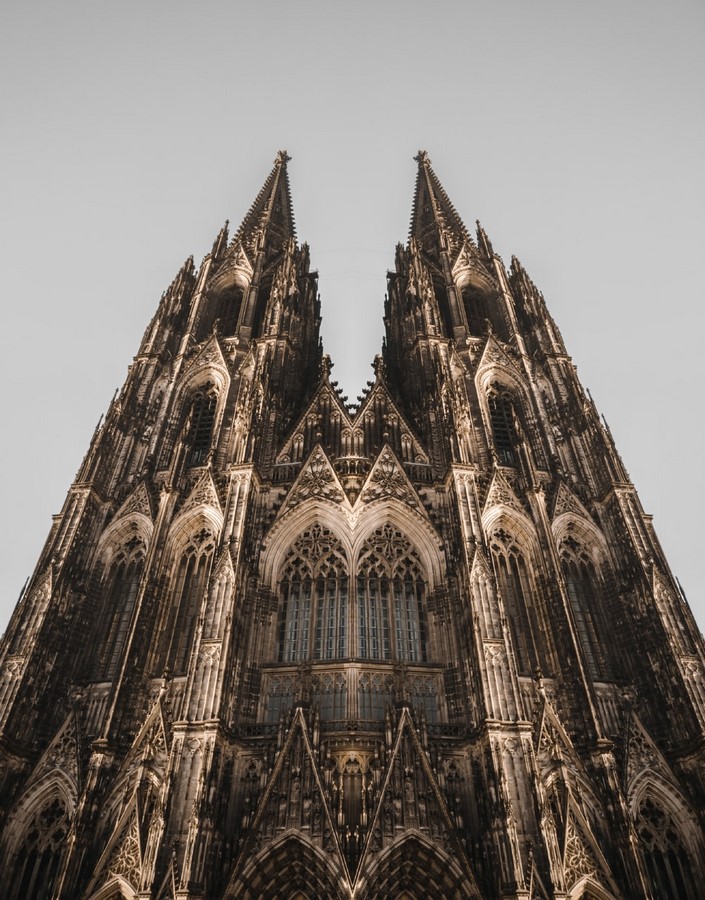
2. Spaces
Aisle: A pair of walkways running parallel to the church’s main public areas, such as the Nave, choir, and transept. The halls are divided from the general sections by arcades, pillars that support the upper walls.
The curved aisle around the choir is known as the Ambulatory.
The extremity of the building, opposite the main entrance, is known as the apse. It is usually circular, but it can also be angular or flat. It was the east end of the building in medieval times.
Choir (or Quire): The church section is usually beyond the transept and parallel to the Nave’s axis. The area may be higher than the Nave’s level. The name choir comes from the fact that during the response portion of Divine Offices or Mass, the Cathedral’s clergy used to stand here as a chorus, chanting or singing.
Crypt: Usually the foundation beneath the ground. It’s been used for burials and as a chapel.
The main doors are positioned on the outside of the church, which is known as the facade. This is known as the West End in conventional medieval design because it faces the west.
The entry or lobby section, located at the west end of the Nave, is known as the Narthex.
The Nave is the principal place where the Mass is celebrated in public.
It is the most significant space in the church and is placed between the Narthex and the sanctuary.
Chapels: These chapels are located around the church’s apse and are accessible from the Ambulatory.
The transept, often known as the ‘Crossing,’ forms wings at right angles to the Nave. It was used at the east end of early Romanesque churches, creating a Tau Cross. The transept was later moved about two-thirds of the way from the West End to the East End in later designs. As a result, there was the creation of the Latin cross plan.
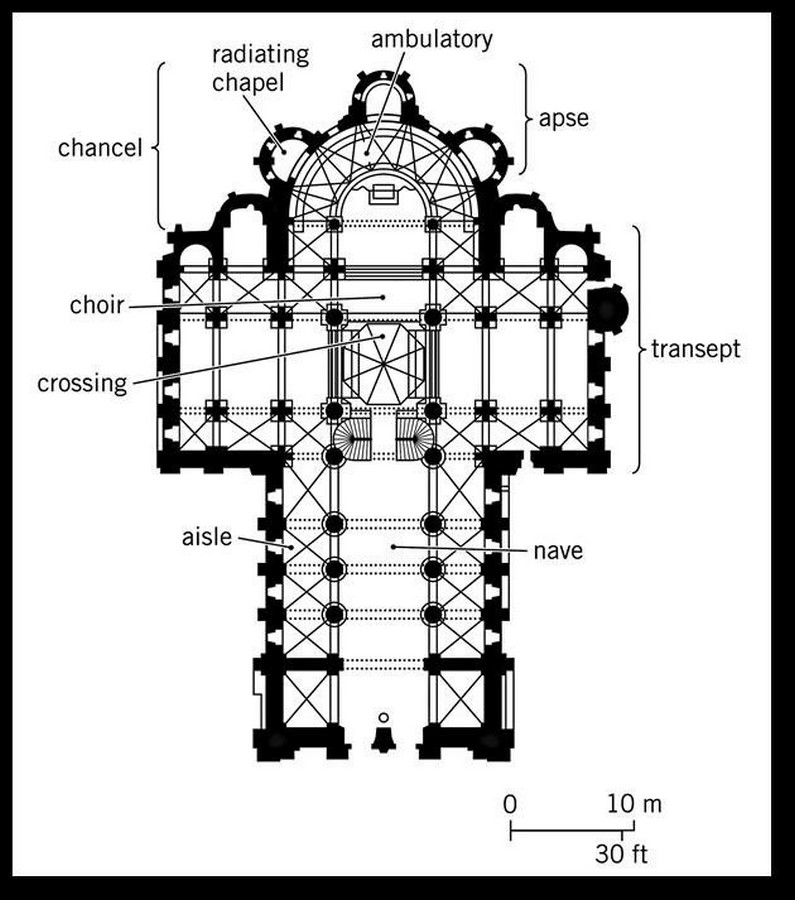
3. Colors
Cathedrals are full of vibrant colors. Primarily the Gothic and churches were both brightly painted inside and out. A few cathedrals still have those original colors, and some have been restoring and recreating new designs.
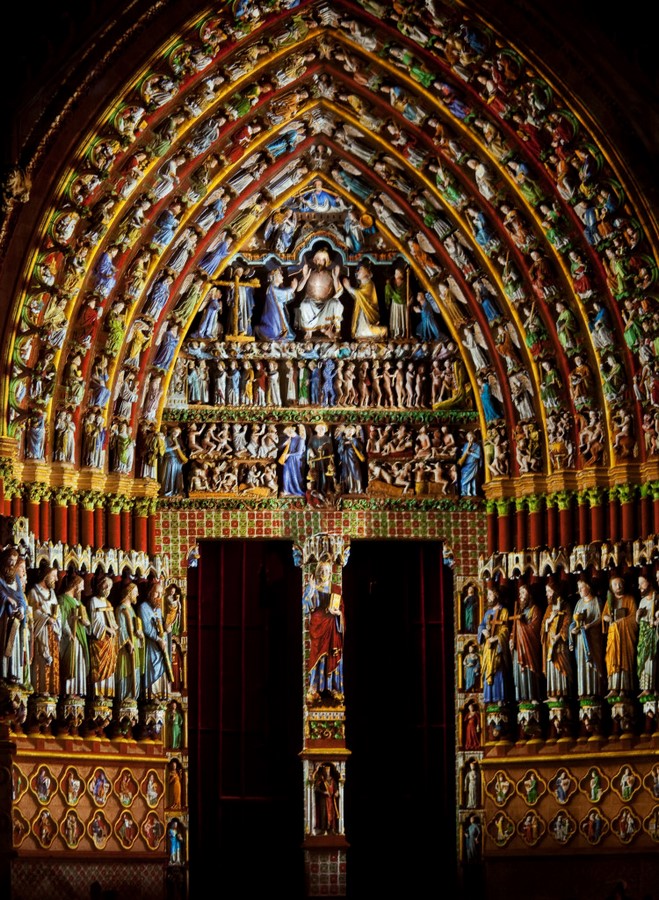
4. Salient features
Some salient features that have been common for all the cathedrals are waterspouts, gargoyles, arcs, statues of saints. The entire interior of the Cathedral is decorated with wooden and stone sculptures, high-reliefs and altars, carved columns, ribbed vaults, stained-glass windows.

5. Intent (and meaning)
Medieval art has always grabbed everyone’s attention. So, there is always more than meets the eye behind everything we look at – every animal, plant, human figure, and object. Every one of them was a metaphor. It’s an “icon.” They were there to tell a narrative, and it was like trying to read a book in a foreign language to me.
Those patterns and themes were more than merely decorative: they had a distinct purpose (and meaning): liturgical, theological, educational, and even societal.
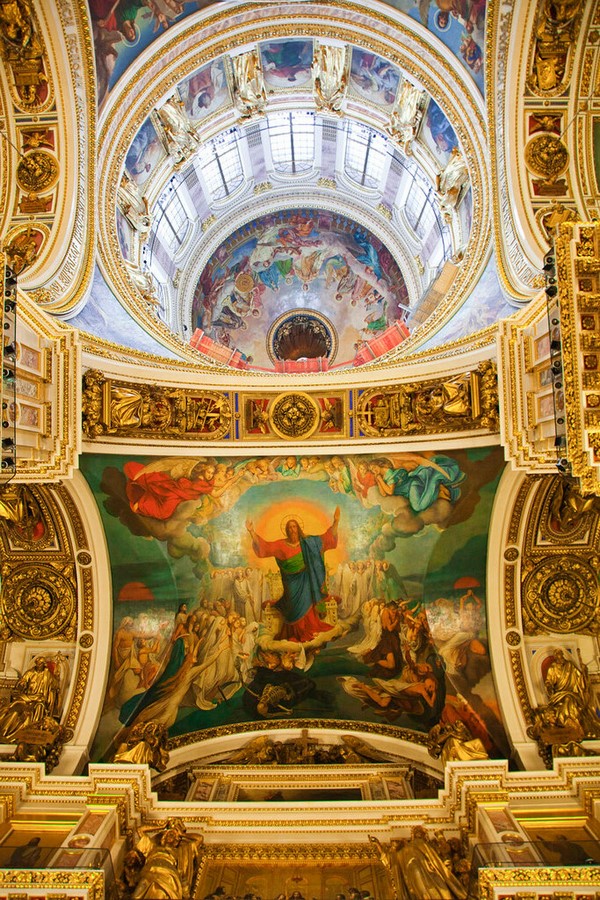
6. Sustainability
One of the best examples of cathedrals’ sustainability is the St. Patrick’s Cathedral in New York. It was restored and repaired to add some other features. For example, the masonry structure was fixed, and fenestration gaps were closed, allowing passive design techniques to reduce moisture penetration and increase thermal performance.
7. Natural Light and Ventilation
Taking the examples of the restorations made in the St. Patrick’s Cathedral, these are the takeaways from the changes made. Daylight now flooded the interiors thanks to various improvements. The project team added skylights above all side chapels, which significantly illuminated the aisles. Leading conservators restored the spectacular stained glass to its original functioning, allowing more filtered and colored daylight into the building. Light permeated the Cathedral after the conservation professionals repointed the light marble, repaired and repainted the plaster ceiling, and restored new daylighting sources in important sections, illuminating original elements that had been hidden for so long. Cleaning the inside, restoring the original paint palette, and increasing the amount of natural light in the area restored the space’s appearance and impression of lightness.
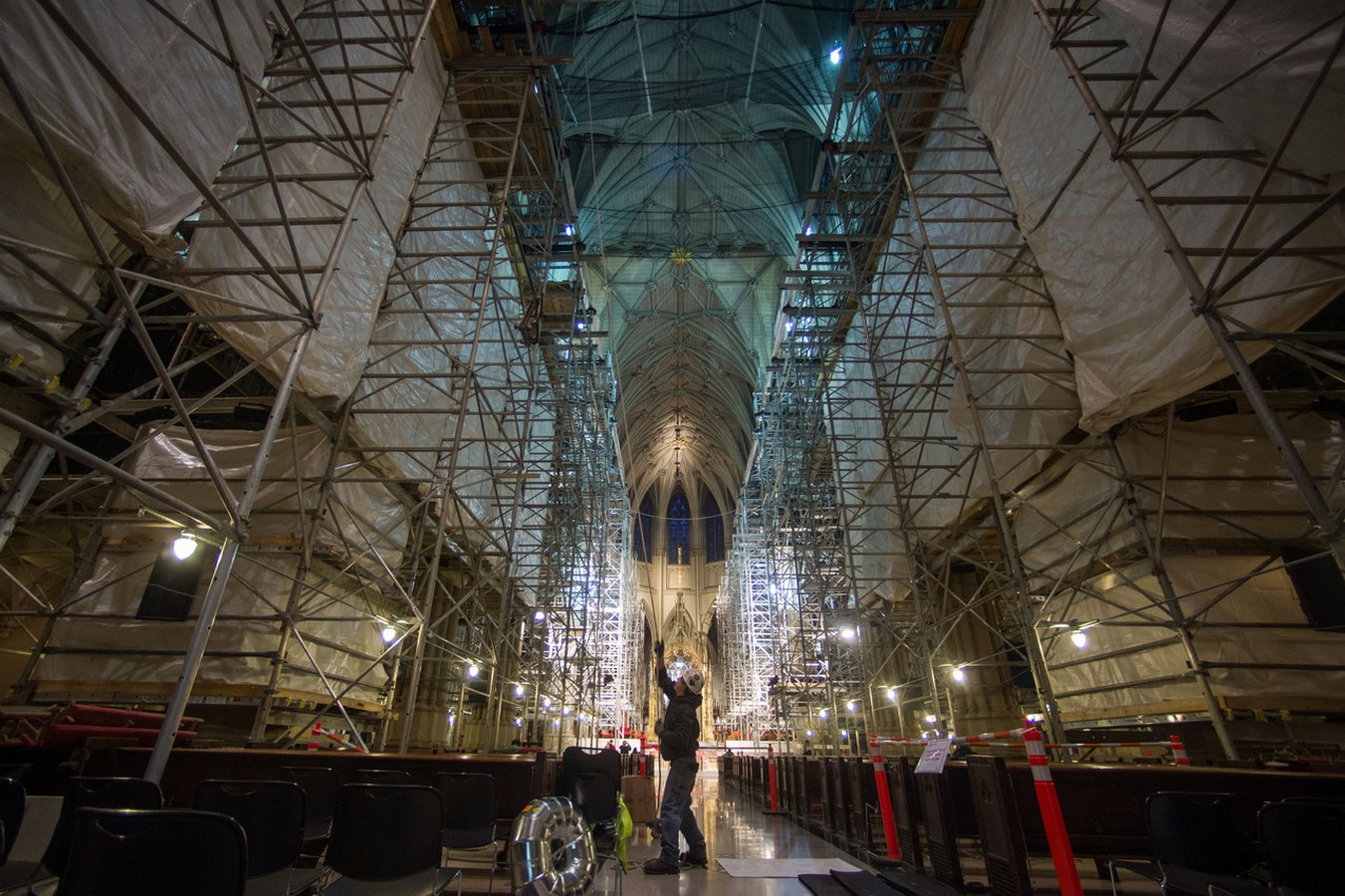
8. Cost-effective
It is easier to build a cost-effective cathedral when we figure out the factors behind the high price of the already existing cathedrals.
9. Façade
The facades generally consist of two towers, a central rose window, and three entranceways commonly referred to as the church’s front. Crowds gather on the west façade of Notre Dame in Paris, for example, to stare up at the intricate carvings that adorn the structure. Sculptures carved into the tympanum above each doorway depict a story that mainly illiterate medieval people could follow. The Gateway of the Last Judgement is the central portal of Notre Dame, whereas the Portal of the Virgin is on the left and the Portal of Saint Anne is on the right.
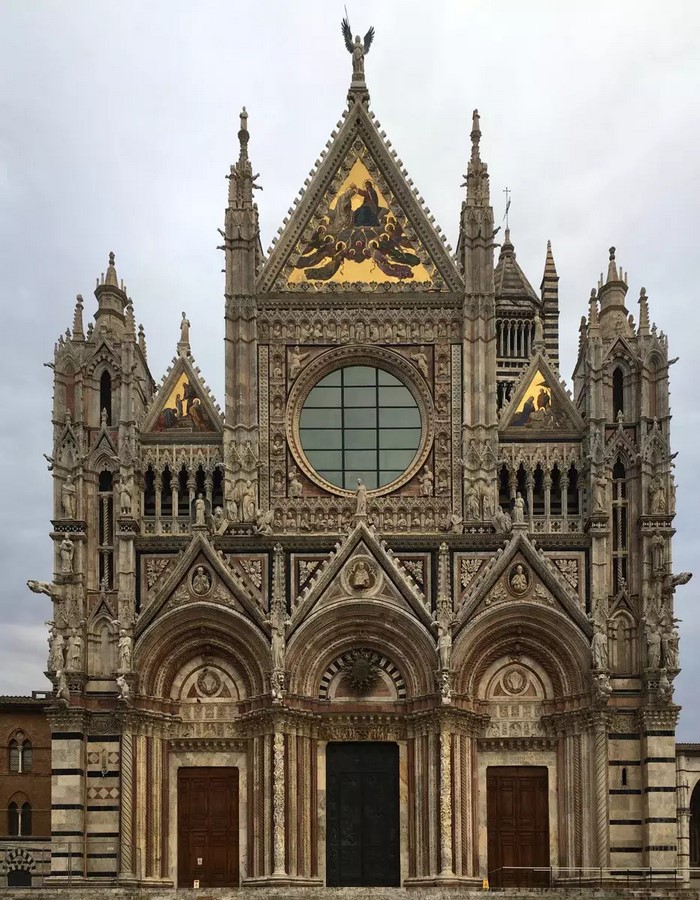
10. Other activities
A lot of festivals are celebrated in these cathedrals. There is an exhibition space to promote the artworks. The cathedrals chiefly serve God, but it also engages in other civic activities.
References:
- Hamilton, Samuel. How to Choose a Topic for a Dissertation. Available at: https://classroom.synonym.com/choose-topic-dissertation-13148.html
- Rutherford (November 16, 2018). How to Choose a Topic for a Dissertation. Available at: How to choose a topic for your dissertation – Student. https://www.timeshighereducation.com/student/advice/how-choose-topic-your-dissertation



















